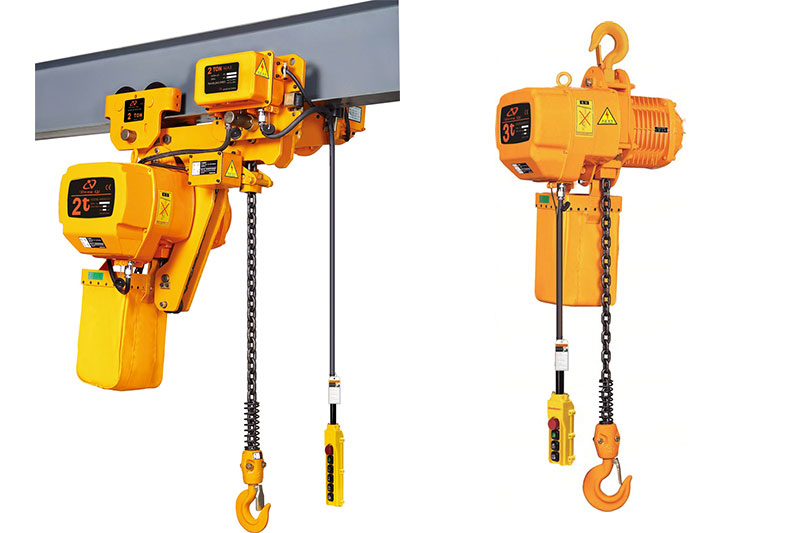A chain hoist is a mechanical device that uses a chain to lift and lower a load. It is based on a simple but effective principle that combines mechanical advantage with leverage. Understanding the principles of a chain hoist is essential for anyone who is involved in lifting operations in the construction, manufacturing or warehousing industries.
The core of a chain hoist consists of a chain, a pulley system and a lifting mechanism. The chain is looped around a series of pulleys mounted on a frame. When the operator pulls on one end of the chain, a force is generated that is transmitted through the pulleys, effectively increasing the lifting capacity. This mechanical advantage enables one person to lift a load that would otherwise be impossible to move manually.
The principle of a chain hoist is based on the concepts of torque and load distribution. When the operator pulls on the chain, the force is distributed across the pulleys, reducing the force required for lifting. The more pulleys in the system, the easier it is to lift a heavy object. Therefore, chain hoists are usually equipped with multiple pulleys to increase the lifting capacity.
In addition, chain hoists can be manually operated or driven by an electric or pneumatic system. While manual chain hoists require physical strength from the operator, electric chain hoists automate the lifting process, making it faster and more efficient.

Post time: Apr-25-2025







